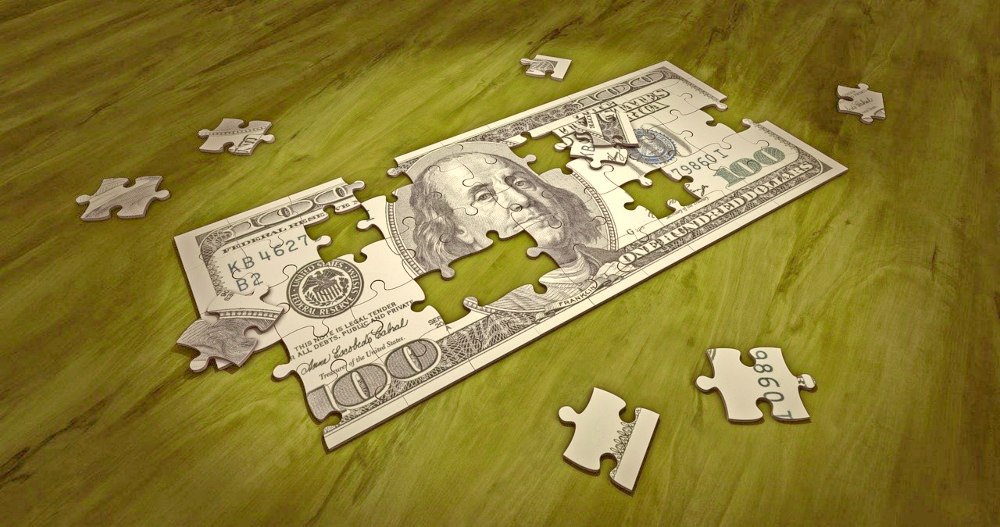
Congress threw a party and nobody came. Now it wants to throw another party, rather than learning a lesson.
In January, the great majority of Americans received checks of $600. These payments were sometimes characterized as “relief” and sometimes as “stimulus,” but in either case, they were a response to a stalled recovery. After peppy growth in the summer and early fall, employment and GDP flattened out, about 5 percent short of pre-pandemic levels. Something needed to be done, and Congress put together a relief program that included $160 billion for households. The majority of that package, $138 billion, consisted of those $600 checks.
Funny thing: almost no one spent the money. As Figure 1 shows, in the same month that Congress showered us with $138.4 billion, personal savings increased by $134.5 billion. January personal consumption expenditures, the kinds of activities that drive employment and help the economy grow, increased by just $28 billion from December, equaling the modest increases in wages ($6 billion) plus a welcome bump in unemployment insurance payments ($22 billion).
So the unemployed, who really needed the money, probably spent that extra benefit, while everyone else simply stuck it in the bank. The personal savings rate rose to 20.5 percent, up from an already high rate of 13.4 percent in December (savings rates are typically around 7 percent). Household balance sheets just keep getting fatter. It is all but certain that if Congress authorizes another round of untargeted checks—up to $1,400 per person—most of this money will also end up in the collective mattress.

What eventually happens with all this savings remains a big unknown. Retail sales of physical goods remain strong, but the high savings rate indicates that consumers have begun to run out of things they feel a need to buy. Consumer services remain down in most areas, and it will be months before we can travel easily, go to movies and shows, eat in crowded restaurants, and generally return to the normal “experience economy.”
It is doubtful, however, that consumers will play a lot of catch up on that services spending, and we won’t see much backfilling of the hole that consumer services found themselves in. Hard to imagine that we will double our vacation spending, eat out twice as often, go to a year’s worth of movies and concerts, get twice as many haircuts and manicures, etc.
Put it all into Bitcoin or the latest fad on Robinhood? Invest in a celebrity-backed SPAC?
